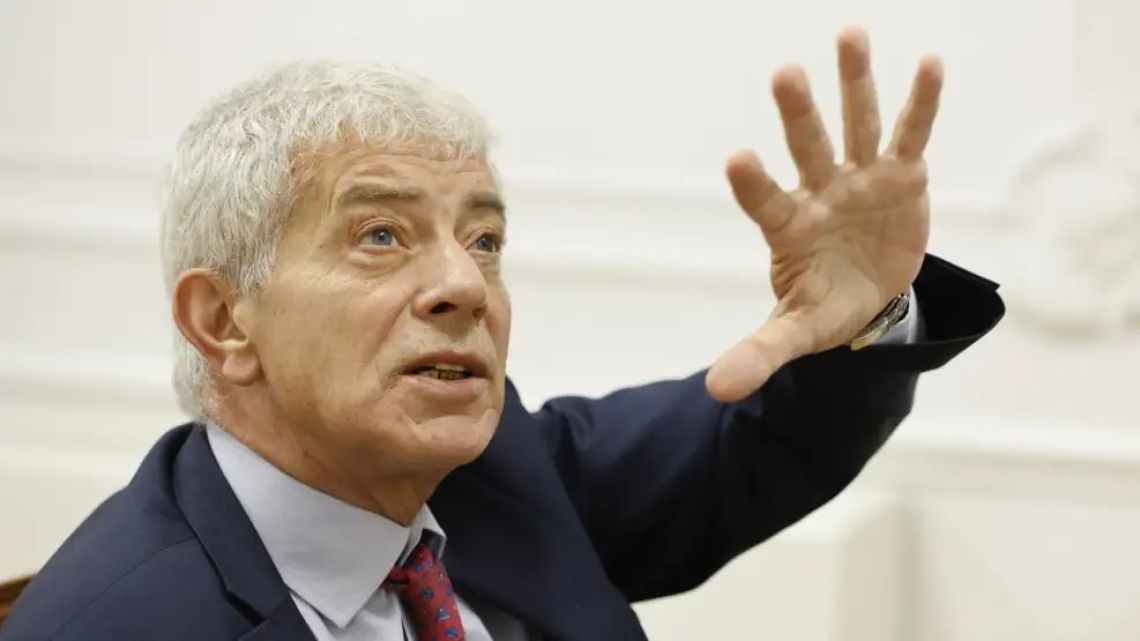Elon Musk has emerged victorious in a power struggle within the Trump administration, leading to the departure of fellow billionaire Vivek Ramaswamy from the newly created Department of Government Efficiency (DOGE).
The Wall Street Journal reported this development, which unfolded just a week into Donald Trump’s presidency. Musk and Ramaswamy, initially appointed as co-directors of DOGE, clashed over the department’s structure and priorities.
Musk advocated for spending cuts and AI implementation to reduce the federal workforce. Ramaswamy favored economic deregulation and constitutional arguments for smaller government.
The turning point came when Trump signed an executive order incorporating DOGE into the executive branch. This move aligned with Musk’s vision but contradicted Ramaswamy’s preference for an external think tank.
Consequently, Ramaswamy left the administration to pursue a gubernatorial bid in Ohio. Musk’s influence in the White House has grown significantly. He now occupies an office in the West Wing and has been instrumental in shaping DOGE‘s future.
 Musk Triumphs in Power Struggle, Ousts Billionaire from Trump’s New Department. (Photo Internet reproduction)
Musk Triumphs in Power Struggle, Ousts Billionaire from Trump’s New Department. (Photo Internet reproduction)The department, renamed United States DOGE Service, will replace the existing United States Digital Service. The executive order mandates federal agencies to create DOGE teams, focusing on modernizing technology and software.
This aligns with Musk’s priorities for maximizing government efficiency and productivity. The implementation deadline is set for July 4, 2026. However, DOGE’s incorporation into the executive branch raises new challenges.
The department now faces stricter transparency and ethics rules. Musk can no longer use his private fortune to fund DOGE operations, as previously suggested.
As these changes unfold, Trump’s Office of Personnel Management is taking steps reminiscent of DOGE’s initial goals. They are requesting federal agencies to compile lists of easily dismissible workers, an idea Musk has long supported.
This power shift within the Trump administration highlights Musk‘s growing influence and sets the stage for significant changes in government efficiency initiatives. The coming months will reveal the full impact of these developments on federal operations and policy direction.

 By The Rio Times | Created at 2025-01-24 10:17:24 | Updated at 2025-01-24 19:56:14
9 hours ago
By The Rio Times | Created at 2025-01-24 10:17:24 | Updated at 2025-01-24 19:56:14
9 hours ago








